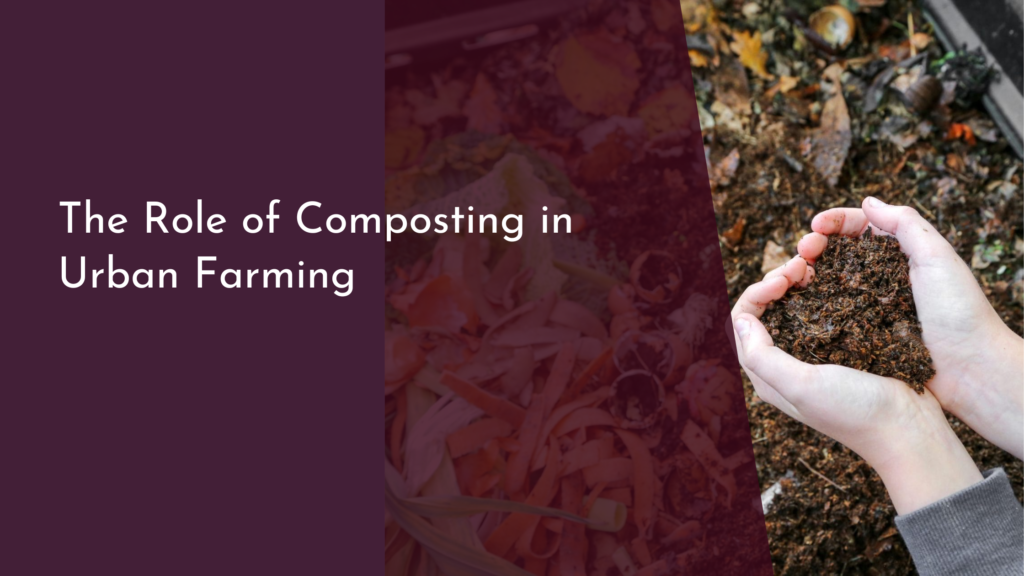Cover Cropping: Revitalizing Soil Between Harvests
In the world of agriculture, the quest for sustainable practices has led farmers and gardeners to explore innovative techniques that enhance soil health and productivity. One such technique is cover cropping, a practice that involves planting specific crops during the off-season or between main crops. This method not only protects the soil but also revitalizes it, ensuring that it remains fertile and productive for years to come. As we delve into the concept of cover cropping, we will uncover its significance, benefits, and practical tips for successful implementation.
What is Cover Cropping and Why It Matters for Soil Health?
Cover cropping is the practice of growing plants specifically to cover the soil rather than for harvest. These crops are typically sown in the fall or between main crops to protect the soil from erosion, suppress weeds, and improve overall soil structure. By maintaining a living root system in the soil, cover crops can enhance microbial activity and nutrient cycling, which are crucial for maintaining soil health. This practice is particularly important in preventing soil degradation, which can occur during periods of fallow or after harvest.
The significance of cover cropping extends beyond just soil protection. It plays a vital role in enhancing soil fertility by fixing nitrogen, improving soil structure, and increasing organic matter. Certain cover crops, such as legumes, can naturally enrich the soil with nitrogen, reducing the need for synthetic fertilizers. Moreover, the roots of cover crops create channels in the soil, allowing for better water infiltration and aeration. This holistic approach to soil management not only supports agricultural productivity but also contributes to environmental sustainability.
Benefits of Cover Cropping: Nourishing Soil for Future Harvests
The benefits of cover cropping are manifold, making it a valuable practice for farmers and gardeners alike. One of the most immediate advantages is the reduction of soil erosion. By keeping the soil covered, cover crops protect it from wind and water erosion, which can strip away vital topsoil. Additionally, they help retain moisture, ensuring that the soil remains hydrated during dry periods, which is essential for the health of subsequent crops.
Another significant benefit is the enhancement of soil fertility. As cover crops decompose, they contribute organic matter to the soil, improving its structure and nutrient content. This organic matter acts as a sponge, retaining moisture and nutrients that would otherwise be lost. Furthermore, cover crops can suppress weed growth, reducing competition for resources and minimizing the need for herbicides. Collectively, these benefits create a healthier soil ecosystem, leading to more robust and productive future harvests.
Choosing the Right Cover Crops for Your Unique Soil Needs
Selecting the appropriate cover crops is crucial for maximizing their benefits. Different cover crops serve various purposes, and their effectiveness can depend on your region, soil type, and specific agricultural goals. For instance, legumes like clover and vetch are excellent for nitrogen fixation, while grasses such as rye and oats are great for erosion control and biomass production. Understanding your soil’s unique needs will help you choose the right cover crops to enhance its health and productivity.
When choosing cover crops, consider factors such as climate, growth habit, and the specific nutrients your soil may lack. Conducting a soil test can provide valuable insights into nutrient deficiencies and pH levels, guiding your selection process. Additionally, local agricultural extension services can offer recommendations based on regional conditions. By carefully selecting cover crops tailored to your soil’s needs, you can create a thriving ecosystem that supports both soil health and crop productivity.
Tips for Successful Cover Cropping: A Happy Harvest Awaits!
To ensure successful cover cropping, timing is key. Plant your cover crops early enough in the fall to allow for adequate growth before winter sets in. Conversely, be mindful of when to terminate these crops in the spring to avoid competition with your main crops. A well-timed cover crop will not only provide maximum benefits but will also set the stage for a bountiful harvest.
Another essential tip is to manage the cover crops properly. This includes regular monitoring for pests and diseases, as well as ensuring they do not outcompete your main crops. When it comes time to incorporate cover crops into the soil, consider using a roller crimper or tiller, depending on your farming practices. This will help break down the biomass and return nutrients to the soil effectively. By following these tips, you can create a thriving, nutrient-rich environment that promises a happy harvest season after season.
Cover cropping is more than just a farming technique; it’s a pathway to sustainable agriculture that nurtures the earth while cultivating future harvests. By understanding the importance of cover crops, reaping their numerous benefits, selecting the right varieties, and implementing effective management practices, you can revitalize your soil and contribute to a healthier ecosystem. So, roll up your sleeves, plant those cover crops, and watch as your soil flourishes, leading to fruitful harvests and a brighter agricultural future!


